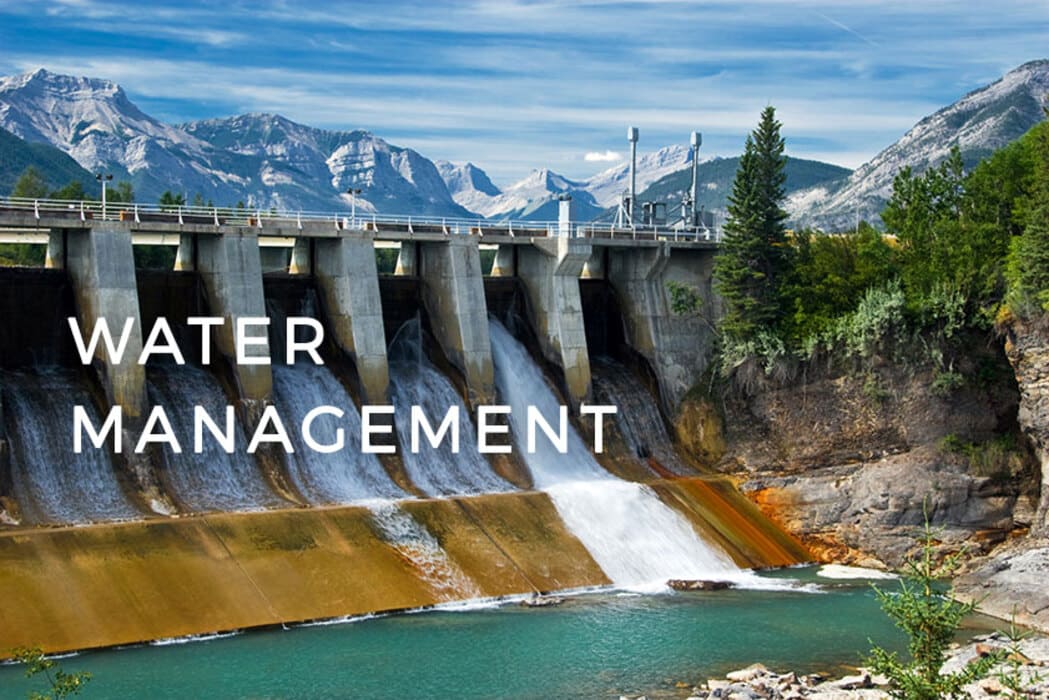
Geographic information system and Sensing Methods for Management of Water Resources
Title
Geographic information system and Sensing Methods for Management of Water Resources
Author
1. Amit Thodge, Student, Dr. Harisingh Gour University, Madhya Pradesh, India
Abstract
Using Geographic Information Systems and Remote Sensing to Manage Water Resources Water is important for sustainable development, but it is being overused, which is a serious issue in developing countries like India. The major causes are population growth, industrialisation, and the spread of cities. Water resource planning is a specialty that relies heavily on information that is geographically dispersed. There are several types of water management programs, and GIS and Remotely Sensed methods are utilised to efficiently replace, complement, and enhance data collecting. It's good for the economy, the environment, and society.
Keywords
Conclusion
There is hope that new technology, such as worldwide positioning systems and geographic data systems, will make processes of research and management more streamlined while also opening up whole new lines of investigation and administrative work. We can now pose questions like "what impact would a barrier have on downstream of water quality?" using spatially explicit modelling tools. Having well-defined goals and a plan for how extensively to use the modern technology are still necessary.
Author Contrubution
The author confirms sole responsibility for the following: study conception and design, data collection, analysis and interpretation of results, and manuscript preparation.
Funding
The authors did not receive any specific grants from funding agencies in the public, commercial, or non-profit sectors for the research, authorship, and/or publication of this article.
Conflict of Interest
All authors declare that they have no conflicts of interest.
Data Sharing Statement
Not applicable
Software And Tools Use
Not applicable
Acknowledgements
I thank the following individuals for their expertise and assistance in all aspects of our study and for their help in writing the manuscript. I am also grateful for the insightful comments given by anonymous peer reviewers. Everyone's generosity and expertise have improved this study in myriad ways and saved me from many errors.
Corresponding Author
Amit Thodge
Dr. Harisingh Gour University, Madhya Pradesh, Student, India
Copyright
Copyright: ©2025 Corresponding Author. This is an open access article distributed under the terms of the Creative Commons Attribution License , which permits unrestricted use, distribution, and reproduction in any medium, provided the original author and source are credited.
Thodge, Amit. “Geographic information system and Sensing Methods for Management of Water Resources.” Scientific Research Journal of Environment, Earth and Physical Science, vol. 1, no. 1, 2022, pp. 9-14, https://isrdo.org/journal/SRJEEP/currentissue/geographic-information-system-and-sensing-methods-for-management-of-water-resources
Thodge, A. (2022). Geographic information system and Sensing Methods for Management of Water Resources. Scientific Research Journal of Environment, Earth and Physical Science, 1(1), 9-14. https://isrdo.org/journal/SRJEEP/currentissue/geographic-information-system-and-sensing-methods-for-management-of-water-resources
Thodge Amit, Geographic information system and Sensing Methods for Management of Water Resources, Scientific Research Journal of Environment, Earth and Physical Science 1, no. 1(2022): 9-14, https://isrdo.org/journal/SRJEEP/currentissue/geographic-information-system-and-sensing-methods-for-management-of-water-resources
1993
Total words896
Unique Words99
Sentence18.656565656566
Avg Sentence Length0.33567429484096
Subjectivity0.074439834856502
PolarityText Statistics
Viewed / Downloads
Total article views: 118 (including HTML, PDF, and XML)| HTML | XML | Total | |
|---|---|---|---|
| 87 | 15 | 16 | 118 |
Viewed (geographical distribution)
Thereof 118 with geography defined and 0 with unknown origin.